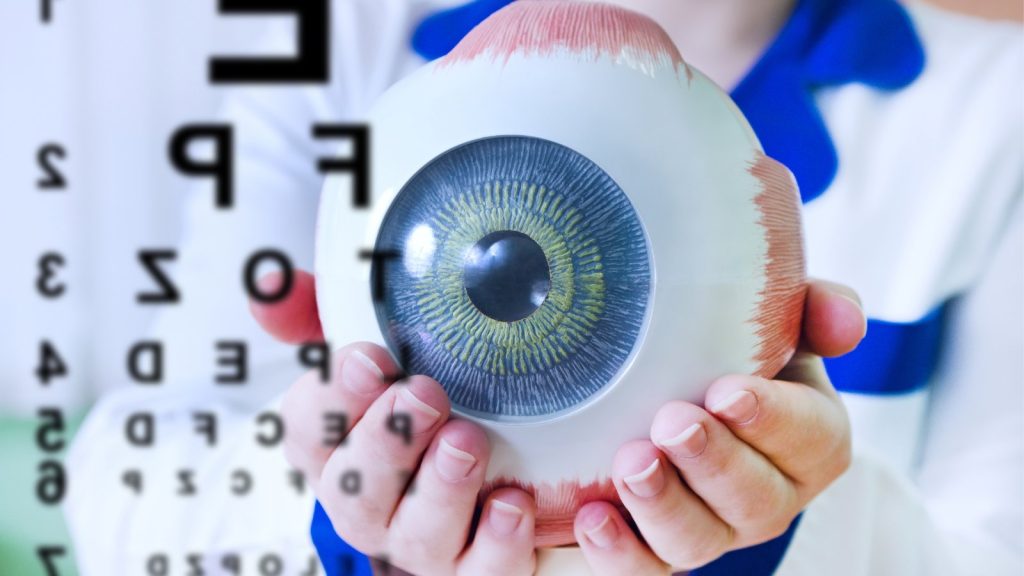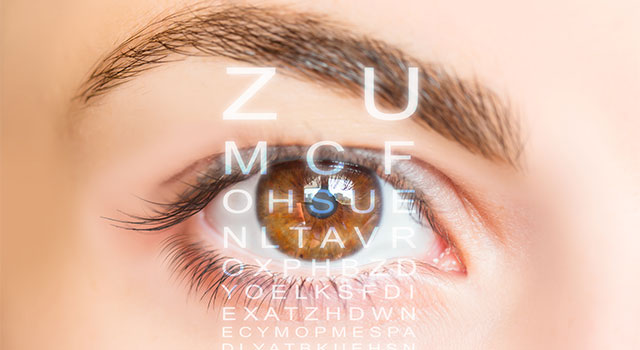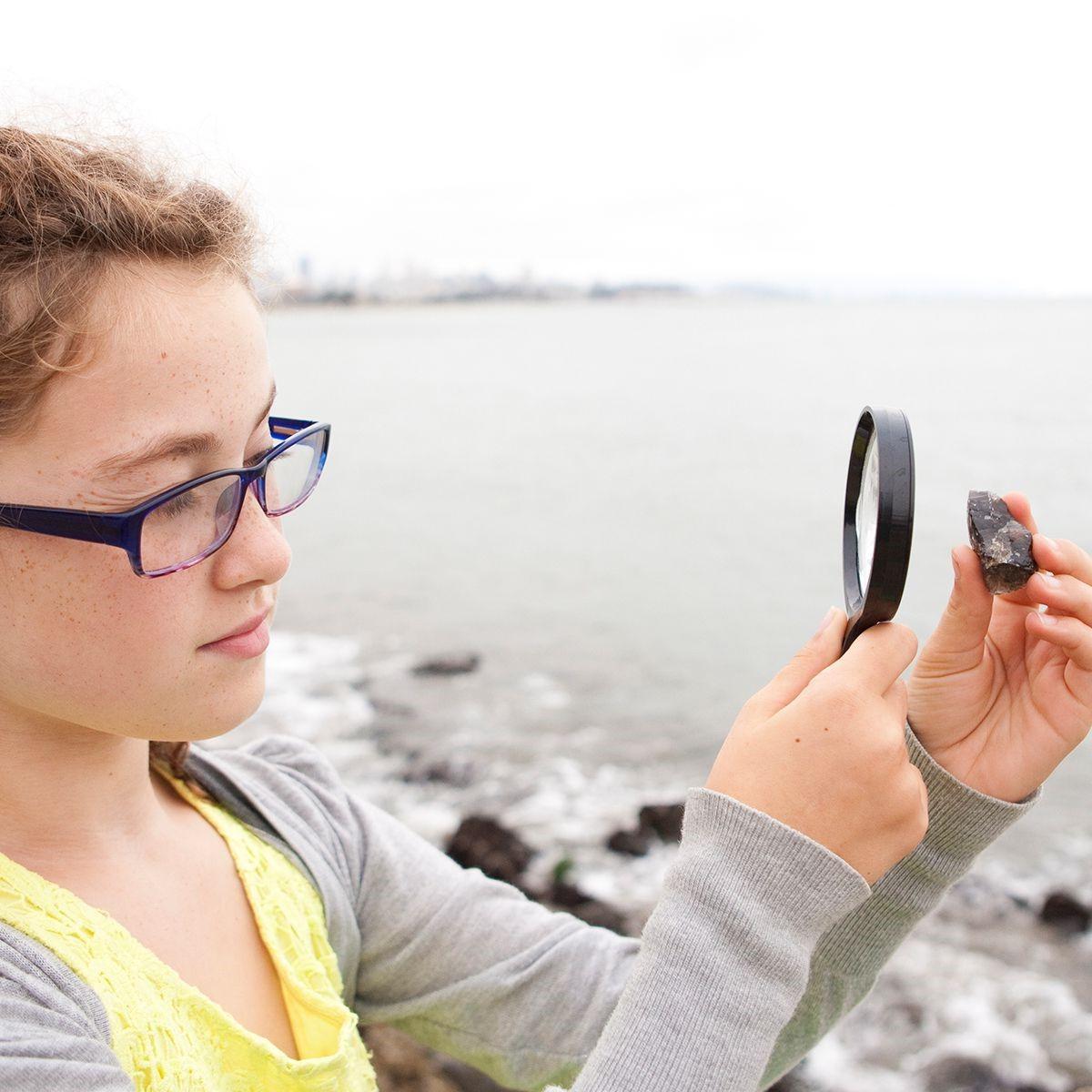Refractive Surgeries in AL: Improve Your Vision with Professional Treatment
Refractive Surgeries in AL: Improve Your Vision with Professional Treatment
Blog Article
The Function of Advanced Diagnostic Devices in Identifying Eye Disorders
In the realm of ophthalmology, the application of sophisticated analysis tools has changed the early identification and monitoring of numerous eye conditions. From finding subtle changes in the optic nerve to checking the progression of retinal diseases, these technologies play a crucial duty in boosting the accuracy and performance of diagnosing ocular conditions. As the need for exact and prompt diagnoses remains to grow, the combination of innovative tools like optical comprehensibility tomography and visual area screening has ended up being important in the world of eye care. The elaborate interplay in between technology and sensory techniques not only drops light on detailed pathologies but likewise opens doors to tailored therapy techniques.
Relevance of Early Medical Diagnosis
Early diagnosis plays a pivotal duty in the reliable management and therapy of eye disorders. By discovering eye conditions at a very early phase, healthcare suppliers can use proper treatment strategies customized to the specific problem, ultimately leading to far better outcomes for people.

Innovation for Detecting Glaucoma
Innovative analysis technologies play an essential function in the early detection and surveillance of glaucoma, a leading reason of irreparable blindness worldwide. Another advanced tool is aesthetic area testing, which maps the sensitivity of a client's visual area, aiding to find any type of locations of vision loss feature of glaucoma. These advanced diagnostic tools enable ophthalmologists to diagnose glaucoma in its very early phases, enabling for timely treatment and much better monitoring of the condition to stop vision loss.
Role of Optical Comprehensibility Tomography

OCT's capability to evaluate retinal nerve fiber layer density allows for specific and objective measurements, helping in the very early discovery of glaucoma also before aesthetic area defects become obvious. Generally, OCT plays a crucial duty in improving the analysis accuracy and administration of glaucoma, eventually adding to far better end results for people at risk of vision loss.
Enhancing Medical Diagnosis With Visual Area Testing
A vital element in detailed ocular analyses, aesthetic field screening plays a critical duty in enhancing the analysis process for various eye disorders. By evaluating the full level of a patient's aesthetic area, this examination gives vital info concerning the functional stability of the whole aesthetic pathway, from the retina to the aesthetic cortex.
Visual field screening is specifically beneficial in the medical diagnosis and monitoring of conditions such as glaucoma, optic nerve disorders, and numerous neurological diseases that can influence vision. Via measurable measurements of peripheral and central vision, medical professionals can discover subtle changes that might indicate the presence or development of these problems, even before recognizable signs and symptoms happen.
Additionally, aesthetic area testing permits for the monitoring of treatment efficacy, aiding ophthalmologists customize restorative interventions to specific clients. eyecare near me. By tracking changes in aesthetic field performance in time, doctor can make educated choices concerning readjusting medicines, advising surgical treatments, or carrying out various other proper measures to maintain my site or improve an individual's aesthetic function
Taking Care Of Macular Degeneration

Final Thought
In verdict, progressed diagnostic tools play a vital function in identifying eye problems early on. Technologies such as Optical Comprehensibility Tomography and aesthetic field testing have greatly boosted the precision and efficiency of detecting conditions like glaucoma and macular degeneration.
Report this page